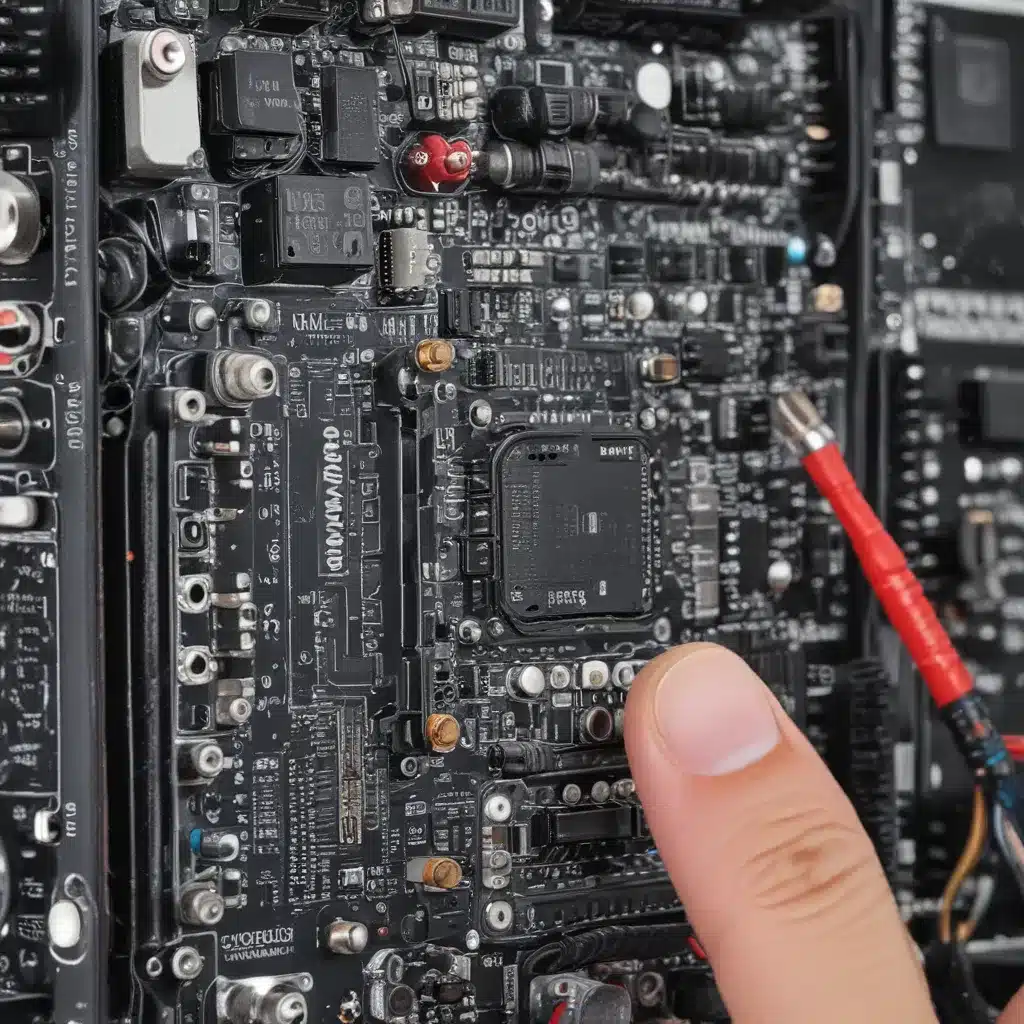Taming the Whirring Beast
It was a dark and stormy night. Well, not really – it was a calm, quiet evening in my apartment. I was settled in for a cozy night of 3D printing, eager to see my latest PETG creation come to life. Little did I know, I was about to unleash a terrifying, high-pitched beast upon my unsuspecting eardrums.
As the print progressed, a disturbing whine began to emanate from my Prusa i3 MK3S. At first, I thought my trusty printer had finally met its demise. “Oh no, not my baby!” I cried, rushing to investigate. But after some quick troubleshooting, I realized the culprit was not a failing fan, but something much more sinister – the very design of the printer itself.
You see, the Prusa i3 MK3S uses pulse-width modulation (PWM) to control the part cooling fan when printing PETG. And as it turns out, the default 470 Hz PWM frequency is annoyingly close to the most sensitive range of the human ear [1]. So while the fan itself was functioning perfectly, its “song” was wreaking havoc on my poor eardrums.
A Hunt for Harmony
Determined to find a solution, I dove headfirst into the depths of the Prusa community forums. There, I discovered that I was not alone in my suffering – many other Prusa owners had reported this maddening “fan whine” when printing with PETG [1].
In fact, the issue had been discussed extensively, with users sharing their own creative (and often comical) attempts at a fix. One brave soul even went so far as to bend and flex their fan casing, hoping to alter the pitch of the dreaded whine [2]. Alas, their efforts were in vain – the root of the problem lay not in the fan itself, but in the software controlling it.
The Elusive Firmware Fix
As I delved deeper into the forums, I found that a potential firmware fix had been proposed and even implemented by some daring DIY-ers [1]. This involved modifying the Prusa firmware to use a lower PWM frequency, effectively shifting the fan’s song out of the human hearing range.
Now, I’ll admit, the thought of compiling my own custom firmware was a bit intimidating. I’m more of a “plug-and-play” kind of guy, not a coding wizard. But the promise of sweet, sweet silence was too alluring to ignore. So with a deep breath and a prayer to the 3D printing gods, I set out to tame the whirring beast once and for all.
Silencing the Siren’s Song
After a bit of trial and error, I finally managed to flash my Prusa with the modified firmware. And lo and behold, the fan whine was gone! In its place, a soothing hum – the kind of gentle white noise that lulls you into a peaceful state of mind, rather than piercing your soul.
I couldn’t believe it. All this time, the solution had been right there, hidden in the depths of the Prusa forums. And while I’m not one to fault the Prusa team (they’ve given us an amazing printer, after all), I can’t help but wonder why this fix wasn’t included in the official firmware from the start.
A Harmonious Conclusion
These days, my Prusa i3 MK3S and I live in perfect harmony. No more high-pitched screeches to send me running for the earplugs. Instead, I can happily print away, confident that my creation will be accompanied by a symphony of soothing fan noises.
So if you, too, are the proud owner of a Prusa (or any 3D printer, for that matter) and find yourself plagued by noisy hardware, take heart. The solution may be closer than you think. With a little digging and a dash of DIY spirit, you too can tame the whirring beasts that lurk within your machine. Happy printing, my friends!
[1] Knowledge from https://forum.prusa3d.com/forum/original-prusa-i3-mk3s-mk3-hardware-firmware-and-software-help/fan-noise-printing-petg-still-unsolved/
[2] Knowledge from https://www.c4forums.com/topic/14423-high-pitched-noise-from-one-touchpanel-location/













